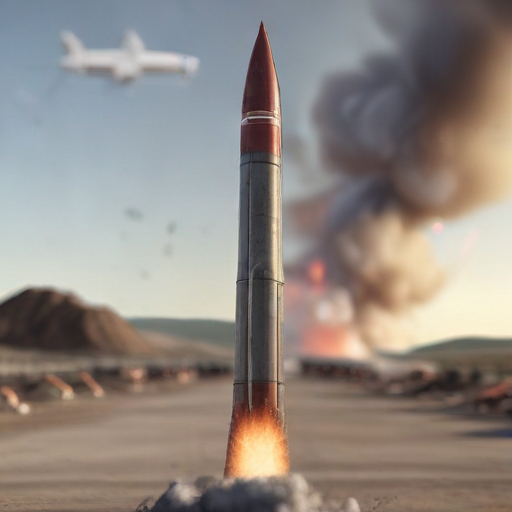Reports of Russia launching an intercontinental ballistic missile (ICBM) against Ukraine have been refuted by U.S. officials who confirm that the missile used was actually an experimental intermediate-range ballistic missile. This clarification comes after Ukraine’s claim that Moscow targeted the eastern city of Dnipro. According to military experts, ICBMs have a range exceeding 3,400 miles, while intermediate-range ballistic missiles fall below 3,500 miles and are noted for their limited availability.
Russian President Vladimir Putin stated that the missile was part of a new medium-range missile system tested under combat conditions. Concurrently, information surfaced that Ukrainian forces leveraged long-range U.S. and British missiles to target Russian territories after restrictions were lifted by Western allies, escalating tensions further.
The Ukrainian air force initially reported that the alleged ICBM was launched from the Astrakhan region of Russia but did not specify the missile type. Ukrainian officials confirmed other missile attacks on Dnipro, resulting in injuries among civilians. An assessment from Western officials soon confirmed that while a ballistic missile was fired, it was not an ICBM, suggesting a potential miscommunication or misunderstanding of the event.
Ukrainian President Volodymyr Zelenskyy expressed anger over Russia’s actions, indicating that such missile launches demonstrate Russia’s disregard for human life. Defense experts have urged caution, highlighting that using such advanced missiles without an immediate need could serve as a strategic signal rather than a conventional military action.
Analysts also conveyed that despite the escalating tensions and nuclear saber-rattling from Putin—who has revised Russia’s nuclear doctrine to justify potential strikes— the practical use of such weapons remains highly unlikely and strategically disadvantageous for Russia given their current military position. Recent territorial gains on the battlefield and improvements in military support make the immediate risk of nuclear escalation lower than in previous phases of the conflict.
The overarching narrative suggests that while military advancements are taking place, the cautious response from experts implies a need for diplomacy and restraint amidst ongoing hostilities. As the situation develops, continued dialogue among international leaders may help de-escalate tensions, fostering a more stable environment in the region.
In summary, while the conflict continues to unfold dramatically, and challenges remain, there is hope that communication and strategic restraint can lead to more peaceful outcomes as efforts for stability are emphasized.
